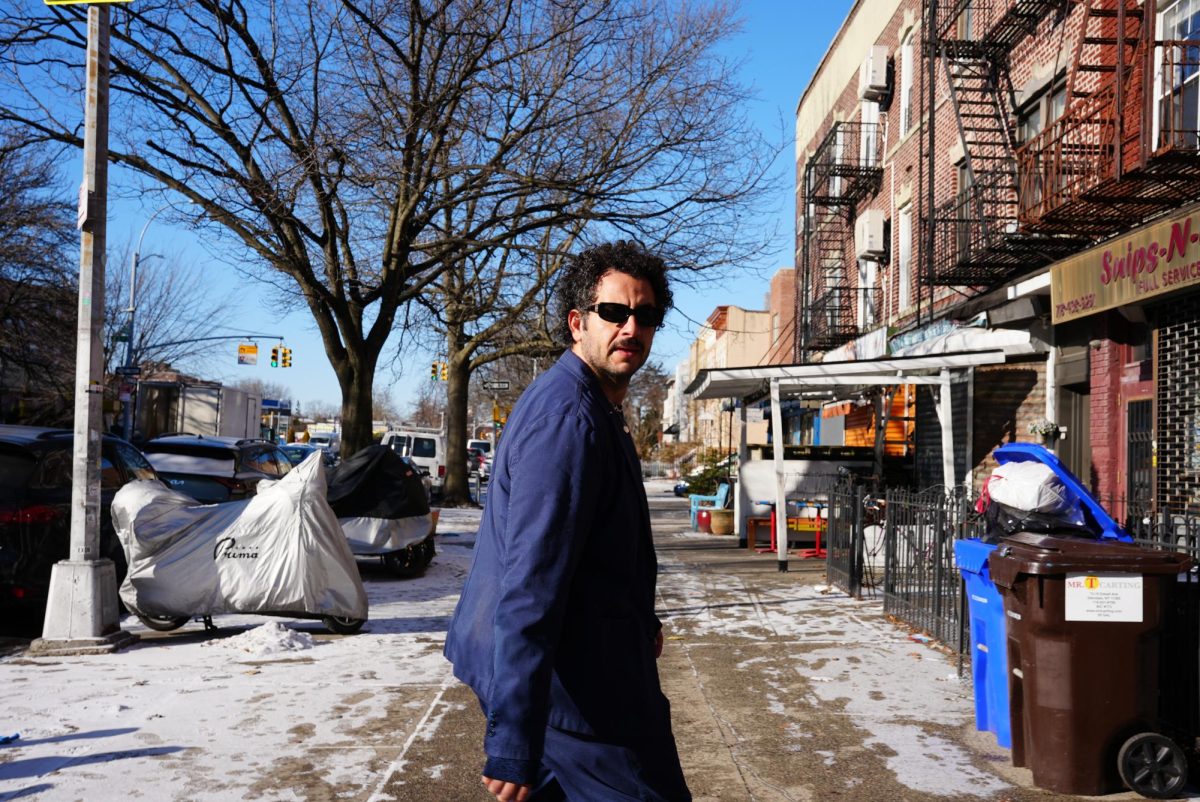Meriwether Lewis and William Clark traveled across this continent to the Pacific Ocean and back. The effects of their trip would be both far-reaching and tragic.
Inevitably, when a film is based on a well-known historical event, the viewer is familiar with the story before the film begins.
National Geographic’s “Lewis and Clark: Great Journey West” tells the story of their journey to the Pacific Ocean from 1803-06.
Director Bruce Neibaur seems to hope that the modern technology of the IMAX Theater’s three-dimensional cameras and six-story-high screen will make this story new again. According to the film, the journey was, after all, “the equivalent in its day of a journey to the moon.”
Technology does help to create the intense sound of crashing waves and produce the vivid images of raging water, but the plot has been the same for two centuries.
After President Thomas Jefferson purchased the Louisiana Territory from France, he asked Lewis to explore the new territory and look for a water route to the Pacific Ocean. Lewis then enlisted Clark’s help, and the two men became co-leaders of the journey. Their party consisted of U.S. citizens, Frenchmen and a slave.
Sacagawea, a 16-year-old, pregnant American Indian joined the group to help guide them through the land. Soon after, she gave birth to her son. Sacagawea continued traveling the rough terrain with the discoverers, carrying her new-born child the entire time. The film stresses the fact that without the heroic aid of Sacagawea, it is likely the group would have been unsuccessful in it’s travels.
At one point, the group voted on where to stay for the winter. According to the film, this was the first time in U.S. history that either a slave or a woman was allowed to vote.
Although this commentary is included, Neibaur and his technologically advanced film seem to forget about the effects Lewis and Clark’s journey had on American Indians.
Neibaur calls Lewis and Clark’s expedition a success, stating “their journey opened up the West to their fellow countrymen.”
On their journey, the travelers received the guidance of Sacagawea, as well as necessary goods such as horses and homes from native tribes.
In return, the travelers spoke to the American Indians in English, a language most of them did not know, and told them they were now ruled by the United States.
Soon after, U.S. settlers permanently invaded the land and homes of the people who so graciously aided their discoveries.







